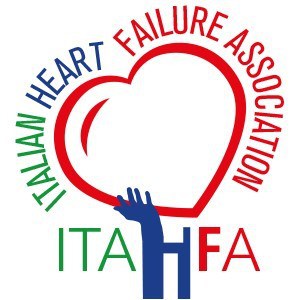We have great pleasure in introducing the latest issue of Cardiac Failure Review to our readers. In the last few months the 2016 European Society of Cardiology (ESC)–Heart Failure Association Guidelines for the diagnosis and treatment of acute and chronic heart failure (CHF) were launched at the Heart Failure Association meeting in Florence, Italy. The guidelines have been very well accepted. A notable feature is the prominence now given to the important issue of comorbidities, a theme taken up strongly in this issue of Cardiac Failure Review. Experts cover topics of increasing relevance to the heart failure patient and carer alike as the importance of comorbidities is increasingly recognised, both because the HF population is aging and the frequency of multiple coexisting comorbidities progressively increases.
We have an expert review of a very topical issue – given the surprise results of the SERVE-HF trial that studied Autoset maskbased therapy of central sleep apnoea in heart failure with reduced ejection fraction – by Ali Vazir and colleagues. Another crucial area for review includes the crucial role of the primary care practitioner in looking after CHF patients in an article by Frans H Rutten and Joe Gallagher. Two of the most troubling comorbidities that impact particularly older CHF patients are cognitive decline (reviewed by Jelena Celutkiene and colleagues) and depression (reviewed by Amam Mbakwem and colleagues).
Given the important changes introduced by the most recent ESC guidelines this year, we also have expert updates on how to combine ivabradine and beta-blockers in HF patients by Maurizio Volterrani and colleagues, and a review of the role of ivabradine and trimetazidine in the new ESC HF guidelines by Petar Seferovic and colleagues. We hear also of the importance of transitional care planning if we are to reduce all-too-high rates of readmission during this vulnerable phase in the HF patient’s journey, illustrated with experience from a South East Asian perspective from Wan Xian Chen and colleagues.
We also strongly recommend the excellent reviews of other important HF topics including the haemodynamics of heart failure with preserved ejection fraction by Michele Senni and colleagues, and the potential central and periphery benefits of exercise training in this enigmatic condition as reviewed by Mark Haykowsky and colleagues.
A condition once confined to the footnotes of developed countries’ textbooks is now being seen with increased frequency, given increased South American migration to Europe and North America, that of Chagas heart failure. This condition is expertly reviewed by Reinaldo Bestetti.
Finally, we whole-heartedly recommend the review of the role of cardiovascular magnetic resonance imaging in heart failure by Lisa Anderson, Oliver Rider and Mark Peterzan.
We hope you will enjoy reading the whole issue as much as we did in helping assemble it.








